
The majority of those who workout, are throwing away their time, based on what we have observed on a daily basis. They’re investing valuable time in strength or endurance training plans that produce little or no results.
Want proof? When did a member of your gym last demonstrate visible physical improvement? In fact, when was the last time you really improved your physical condition? On any given time investment, exercise training has the ability to produce enormous rewards. Isn’t it unfortunate that the majority of people never experience this kind of return?
I’m here to inform you that there is still hope in spite of this depressing reality. In actuality, there is a really simple way to profit from your investment. You see, exercise is typically not the issue. The issue is that people don’t make investments in the other crucial goods that, when combined with exercise, produce the highest returns.
If we had the opportunity to create a dozen pieces that addressed the world’s dietary issues. Today’s piece is going to focus on what, in my opinion, is the most essential element of exercise nutrition: what you eat after your activity. Knowing what to eat during this period can help you get the most out of your workouts and your time investment.

Upgrades and the time following a workout
Numerous health and aesthetic advantages can be attributed to exercise, particularly strength and endurance training. However, exercise is a considerable physiological stressor in and of itself. Muscle pain, the desire for more sleep, and an increased hunger are some of the perceived symptoms of this “stress” that are frequently considered to be minor.
These signs indicate that the muscle needs to be replenished and repaired because the activity has used up all of its fuel reserves and caused some minor damage. Although the words “depletion” and “damage” may sound like bad things, if they only last for a short while, they are not. You see, these adjustments enable the muscle to adjust by improving on the demands placed on it during exercise.
Therefore, if you engage in endurance training, your muscle will experience short-term exhaustion and damage, but over time, it will make up for it by strengthening and improving as an aerobic machine. Additionally, if strength training is your thing, you’ll destroy your weaker muscle fibers in favor of constructing larger, stronger ones.

Every time you workout, you’re basically tearing down old, less-adapted muscle to make room for new, more functioning muscle. Remodeling is the name of this phenomenon
With regard to exercise remodeling, the same is true. Exercise specifically breaks down our muscle’s protein and glycogen components during the exercise session and right after it. The immune system then steps in to tidy up the mess.
Finally, messages are produced to instruct the body to begin rebuilding. But as I hope you can now understand, this building cannot take place without the appropriate protein and carbohydrate basic components. The result will be muscles that never develop to their full potential.
I believe it is clear from this illustration that the post-exercise phase is not something to take lightly. Remember that you broke down the muscle for a cause and spent a lot of time in the gym doing it. You want it to be more suitable for upcoming demands.
You must therefore provide the body with the raw resources it requires, mainly protein and carbohydrates, in order to get the most out of your time investment.
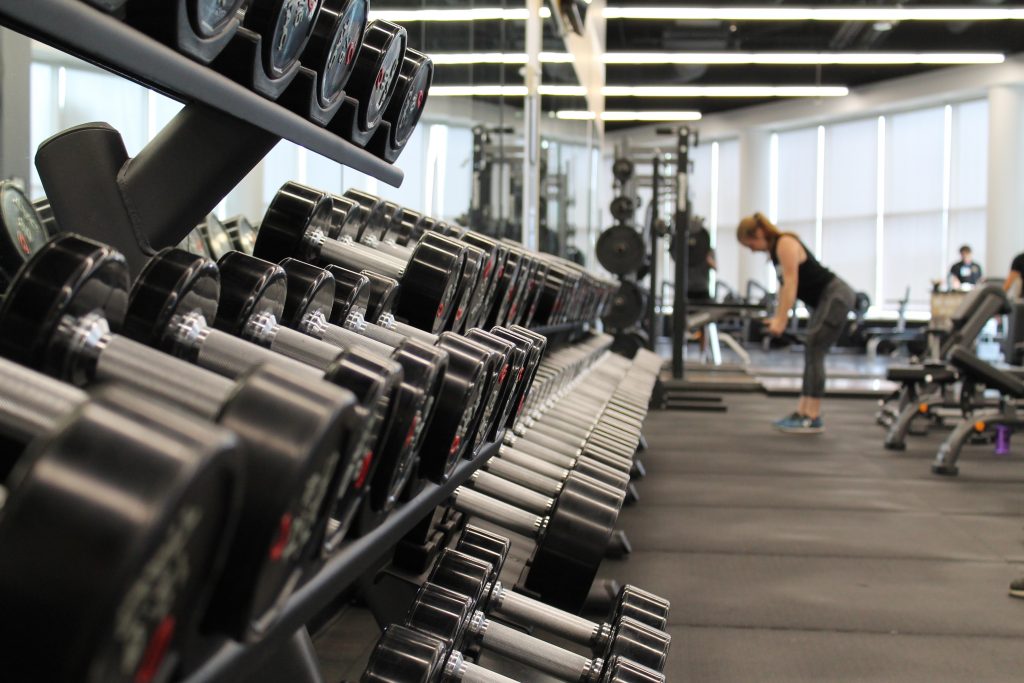
Providing for Hungry Muscles
In order to give the muscle the raw materials it requires, all trainees (male or female), regardless of their preferred style of exercise, must take their post-exercise nutrition carefully. Muscle carbohydrate depletion is unavoidable because all exercise uses carbs as fuel. Therefore, to replenish muscular carbohydrate/energy stores, a post-workout meal rich in carbs is necessary.
However, just any quantity of carbohydrates won’t do. You must eat enough carbohydrates to encourage a significant insulin release. The hormone insulin is in charge of delivering carbs and amino acids to the muscle. By doing this, protein balance improves and glucose resynthesis is sped up, hastening the healing of the muscle tissue.
As a result, eating a lot of carbohydrates will encourage a lot of insulin release, increase the store of glycogen, and increase protein repair. According to studies, consuming 0.8 to 1.2 grams of carbohydrates per kilogram of body weight increases glycogen production and speeds up protein repair. However, 1.2g/kg may be a bit much unless you’ve had a really lengthy, strenuous workout because too much carbohydrate might lead to body fat storage.
In order to speed up muscle glucose replenishment and minimize excessive fat development, I therefore advise 0.8 grams of carbohydrate per 1 kilogram of body weight (van Loon et al. 2000a).
Additionally, since muscle protein is broken down during exercise, adding a sizable amount of protein to your post-workout meal is essential to aid in the reconstruction of the muscle’s structural components. The body’s rate of protein synthesis drops and its rate of protein breakdown rises after exercise. Protein synthesis and protein breakdown have been demonstrated to increase when amino acid and protein solutions are provided, reversing the general pattern.
The effectiveness of adding protein to a post-workout carbohydrate drink has been studied using amounts of protein ranging from 0.2g to 0.4g per 1 kilogram of body weight (van Loon et al 2000b, Roy et al 1998). 0.4g/kg might be preferable to 0.2g/kg since consuming more necessary amino acids may result in a more favorable protein balance.
Your post-workout meal should be low in fat while being high in protein and carbohydrates. One of the most important aspects of an everyday diet is the consumption of vital fats, yet doing so after an exercise can actually reduce how beneficial your post-workout beverage is. Eating fat during the post-workout phase may reduce the digestion and absorption of carbohydrates and proteins because fat slows down transit through the stomach.
Fats should be avoided at this time since your post-workout diet should be planned to encourage the fastest delivery of protein and carbohydrates to your exhausted muscles.
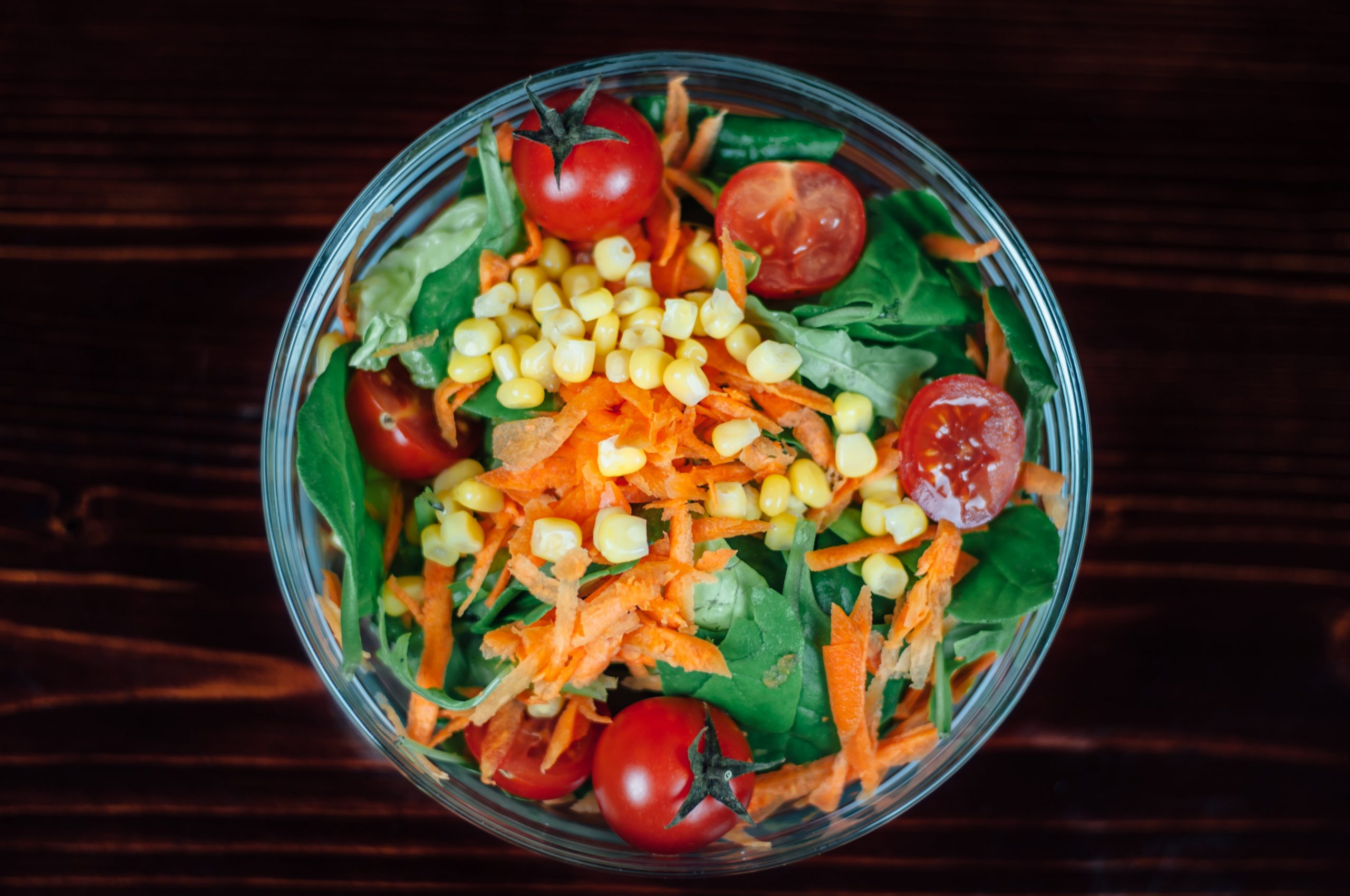
Finally, the time of this meal is a crucial consideration. It is crucial that you eat your post-workout meal right away after working out. As previously mentioned, the muscles become fatigued after exercise and need an excess of protein and carbohydrates. Additionally, the muscles are biochemically “primed” for nutrition intake at this period.
The phrase “window of opportunity” is often used to describe this situation. This window decreases gradually over the healing period, therefore by delaying eating after exercise, you reduce your chances of stimulating a complete recovery. Research has indicated that eating a post-exercise meal right after working out is preferable to doing so an hour later, which demonstrates how quickly this window closes.
Additionally, according to Tipton et al. (2001) and Levenhagen et al. (2001), consuming one an hour later is preferable than drinking one three hours later. Protein repair and glycogen replacement will be hampered if you wait too long.
In summary, you made the decision to give up a certain amount of time each week when you started exercising in order to improve your physical condition. However, if you haven’t taken the time to consider post-exercise nutrition, you’re missing out on a lot of the advantages of exercising.
You will make much better use of your time in the gym once you start paying attention to this part of recovering.
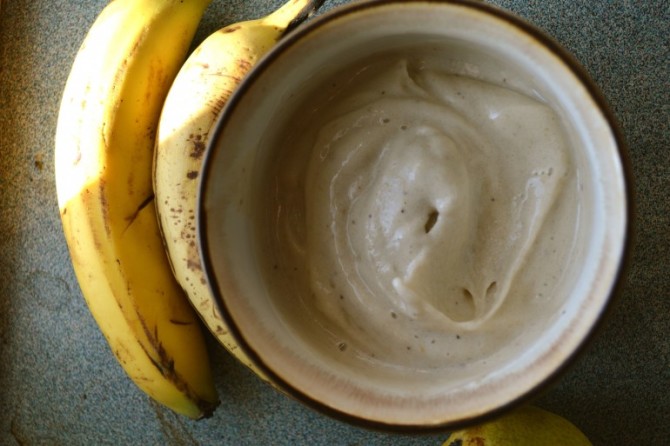
Whole foods vs nutritional supplements
Even though I firmly think that full, unbleached, untreated, and unprocessed whole foods should be a foundation of any solid nutritional plan, there are several circumstances in which supplements may be preferable to whole foods. For post-exercise nutrition, I think liquid supplements are considerably preferable to entire foods for the reasons listed below.
1. Liquid Foods Taste Good and Are Digestible
Most people typically comment that eating a substantial meal is difficult after intensive exercise. This makes sense because the stress of exercise causes the hunger centers to almost completely shut down. But as you now know, eating is essential if you want to reconstruct your muscles, make them bigger, or recover from activity.
Fortunately, liquid dietary supplements are appealing, simple to drink, and can be fairly nutrient dense, giving you all the nutrients you require at this time. Additionally, the gastrointestinal tract has no trouble absorbing these formulas because they are structurally straightforward. You’ll be glad you did this for your stomach.
2. Whole food is simply too slow compared to the fast absorption profile of liquid meals.
Recent studies have shown that liquid supplemental formulae including immediately absorbed protein (whey hydrolysates and isolates) and carbs (dextrose and maltodextrin) are more quickly absorbed than whole food meals.
To put this into perspective, a liquid post-workout supplement may be completely absorbed within 30 to 60 minutes, by which time the muscles would have received much-needed hydration. A slower digesting solid food meal, however, may take 2 to 3 hours to fully enter the muscle.
3. Whole Foods may miss the “window of opportunity” as Liquid Meals seizes it.
Your chances of growing and recovering muscle are enhanced the quicker the protein and carbs reach the muscle. According to recent studies, people who receive nutrients within an hour of exercising recover more quickly than people who receive them three hours later. Does liquid nourishment now make more sense?
4. Liquid Meals Are More Effective at Targeting Nutrients
Certain nutrients are best consumed after exercise to speed recuperation. These include a lot of water, carbs with a high glycemic index, and particular amino acids. In addition, avoiding fat at this time is advised. Therefore, creating a unique liquid blend is the only way to guarantee that these nutrients are present in the appropriate amounts. Whole foods may fall short.




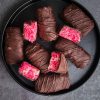



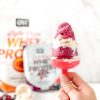



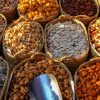

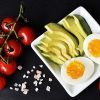



Recent Comments